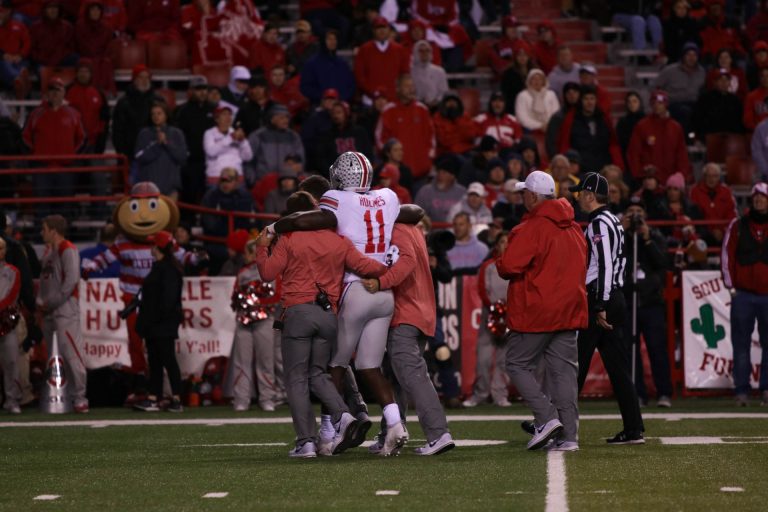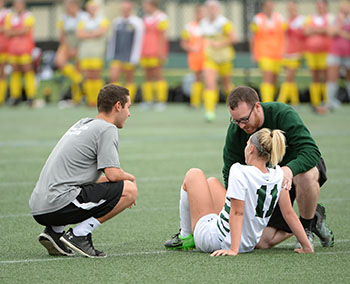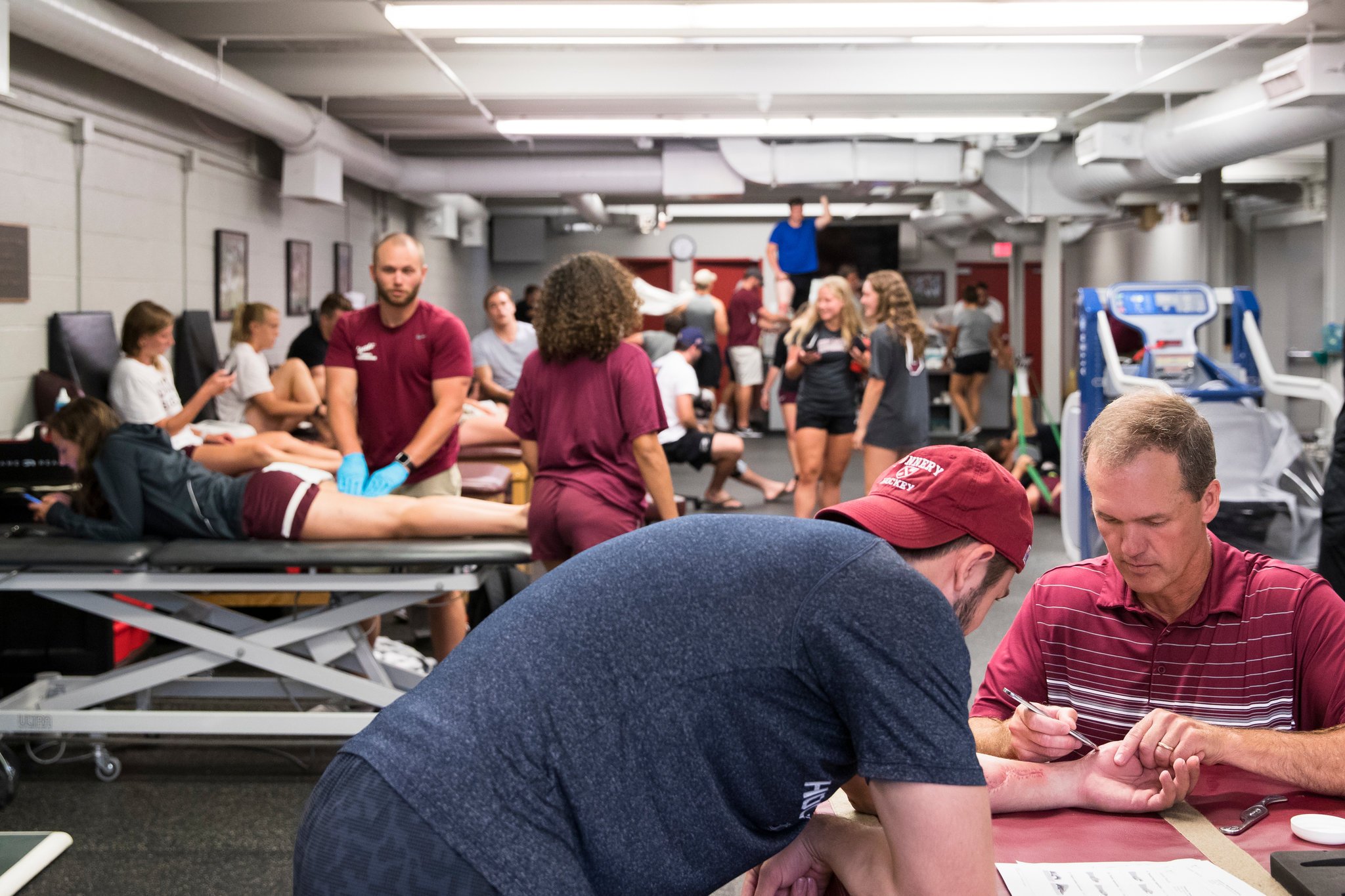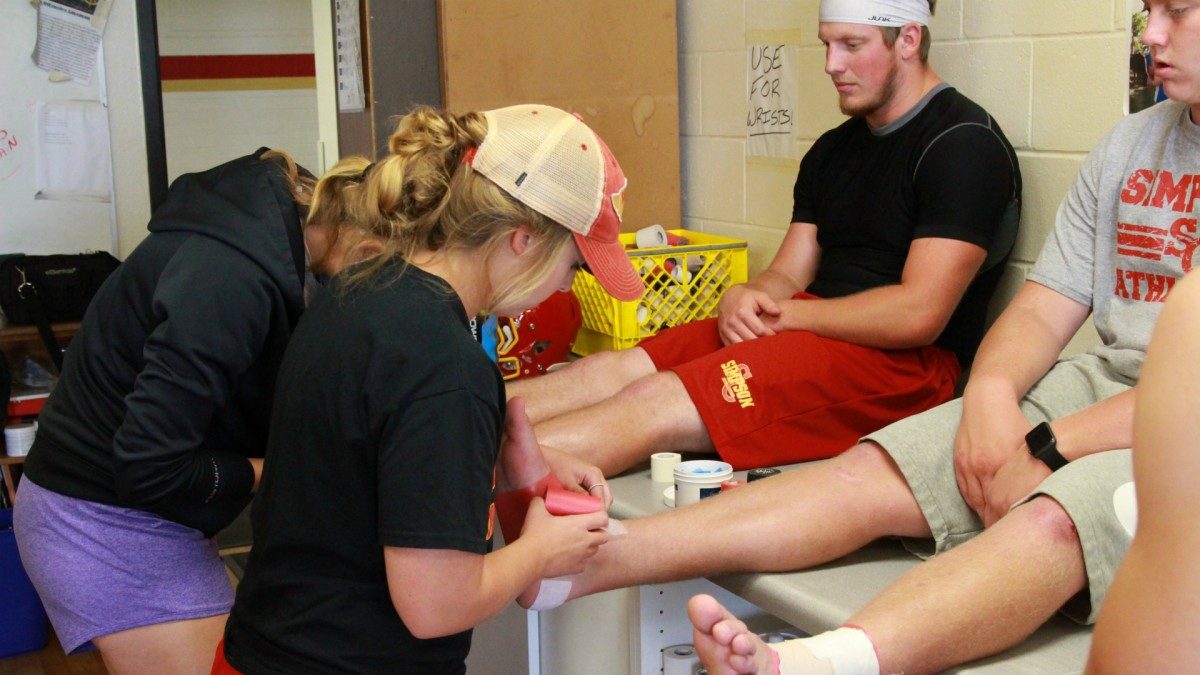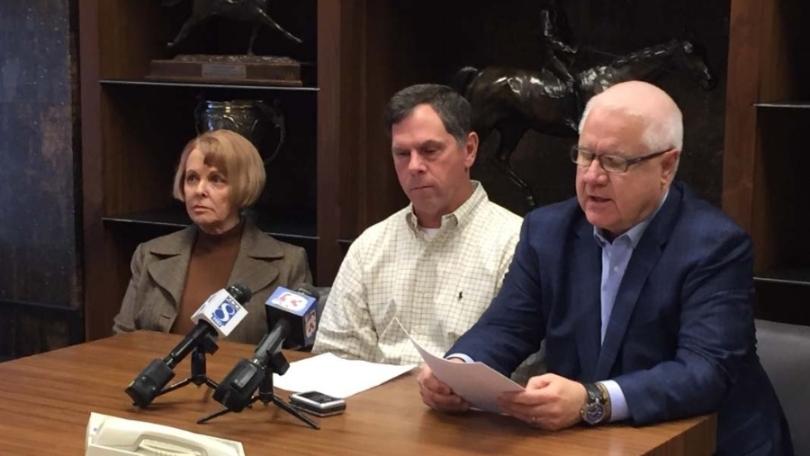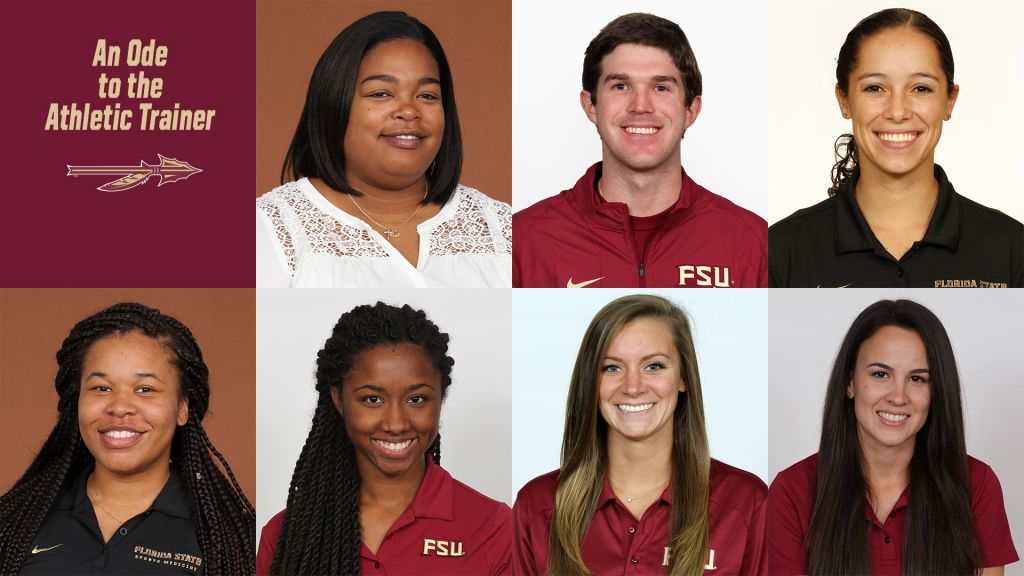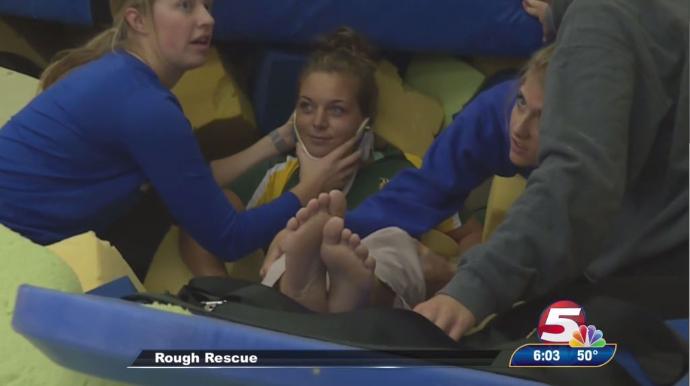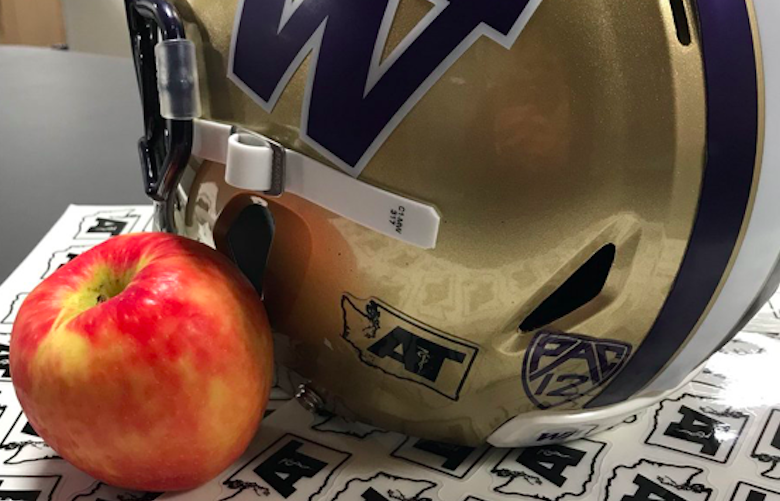
Article reposted from The Seattle Times
Author: Adam Jude
Nationwide, 37 percent of high schools in the United States have at least one full-time athletic trainer to monitor sports programs, according to a 2015 study by the National Athletic Trainers’ Association.
“If you think about that, that’s really low,” said Rob Scheidegger, the University of Washington head football trainer.
During Saturday’s Apple Cup, the Huskies will wear stickers on the back of their gold helmets to raise awareness for safety in youth and high-school football — and athletic trainers’ roles in promoting and maintaining safe standards. It’s part of the Washington State Athletic Trainers’ Association’s safety in football campaign.
“We’re hoping parents of kids who are participating in those programs see those stickers and ask what it’s all about,” Scheidegger said. “We talk so much about how dangerous football is, but there so much good from football too. The safety (questions have) sort of put our sport at risk a little bit. There’s a lot of people who look at football and aren’t going to let their kid play. But, really, football is as safe as it’s ever been … and athletic trainers are a key part of that.
“So we want people asking questions about the sports programs they’re letting their kids participate in: Do we have an athletic trainer? And if we don’t, why not? Do we have an emergency-action plan? And if we don’t, why not? That’s what we’re hoping for, to raise awareness about those things.”
The UW employs four certified athletic trainers just for the football team. There are 11 other trainers for the Huskies’ other sports teams, a fairly standard number for major-college athletic departments.
“Our student-athletes here are super lucky,” Scheidegger said. “We have such a great administration. Jen Cohen and her staff put such an emphasis on student-athlete health and safety and put a big invested heavily as far as equipment.”
It’s a different story at youth levels.
Washington state, Scheidegger said, is “pretty progress” when it comes to having athletic trainers in high schools, but many of those trainers are employed part-time — meaning some are only in attendance at football or basketball games. In reality, he said, 60 to 70 percent of injuries occur during practices, and there aren’t always trainers there to assist.
“Yeah, it’s great to have someone there in your program who can create an emergency-action plan, who can educate student-athletes and talk to coaches,” he said. “But, really, the gold standard should be having full-time athletic trainers.”

